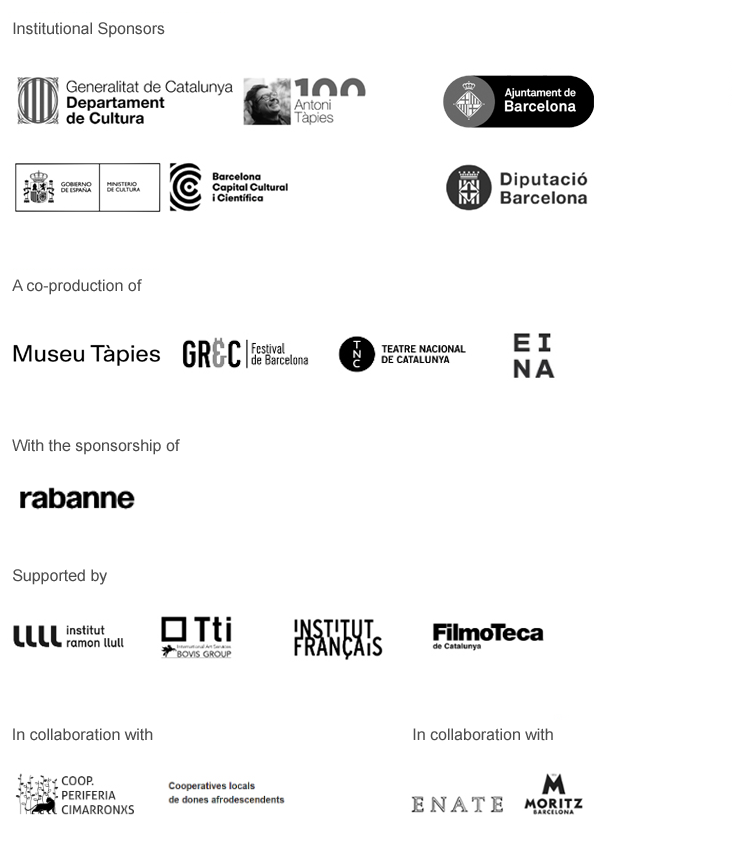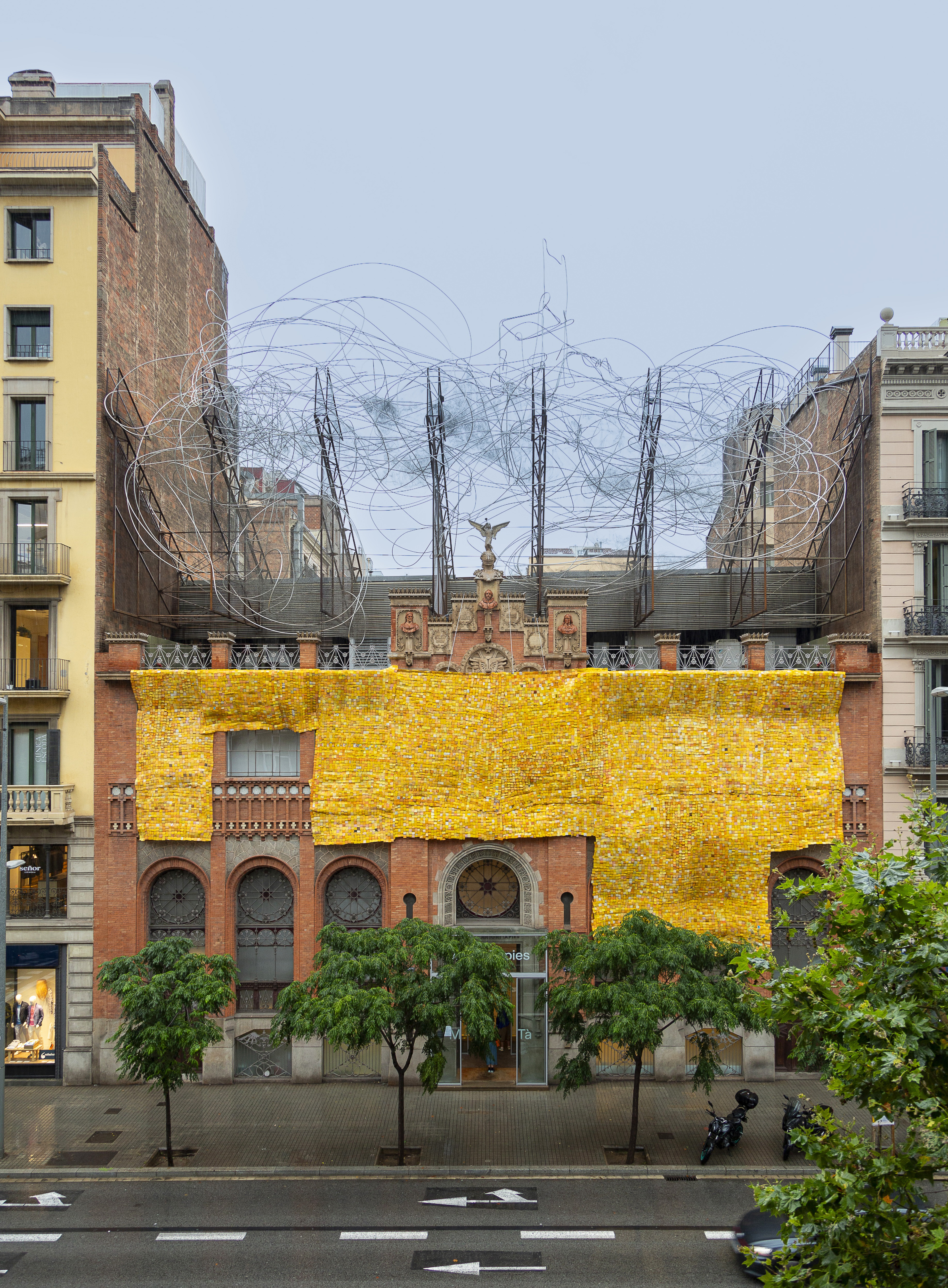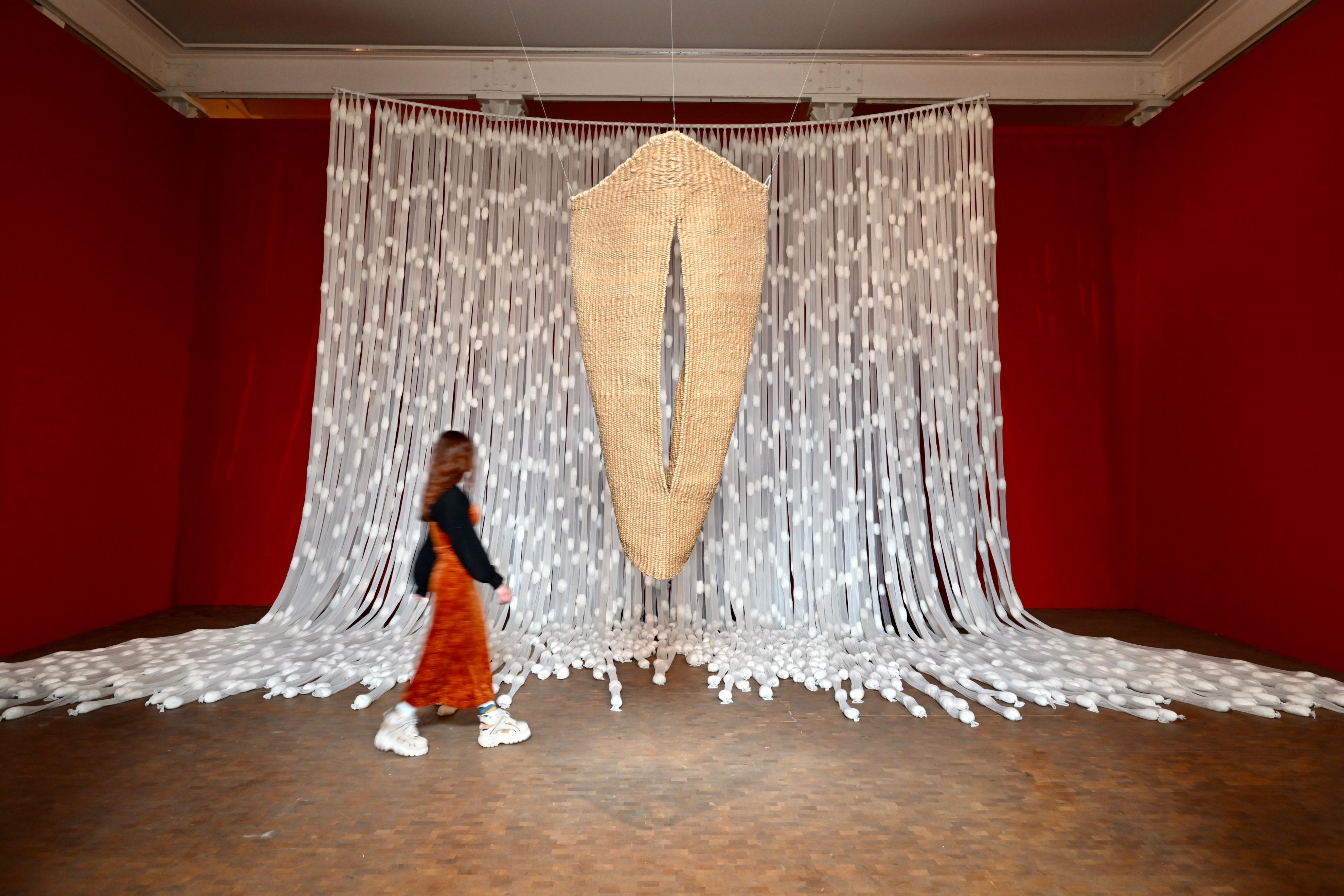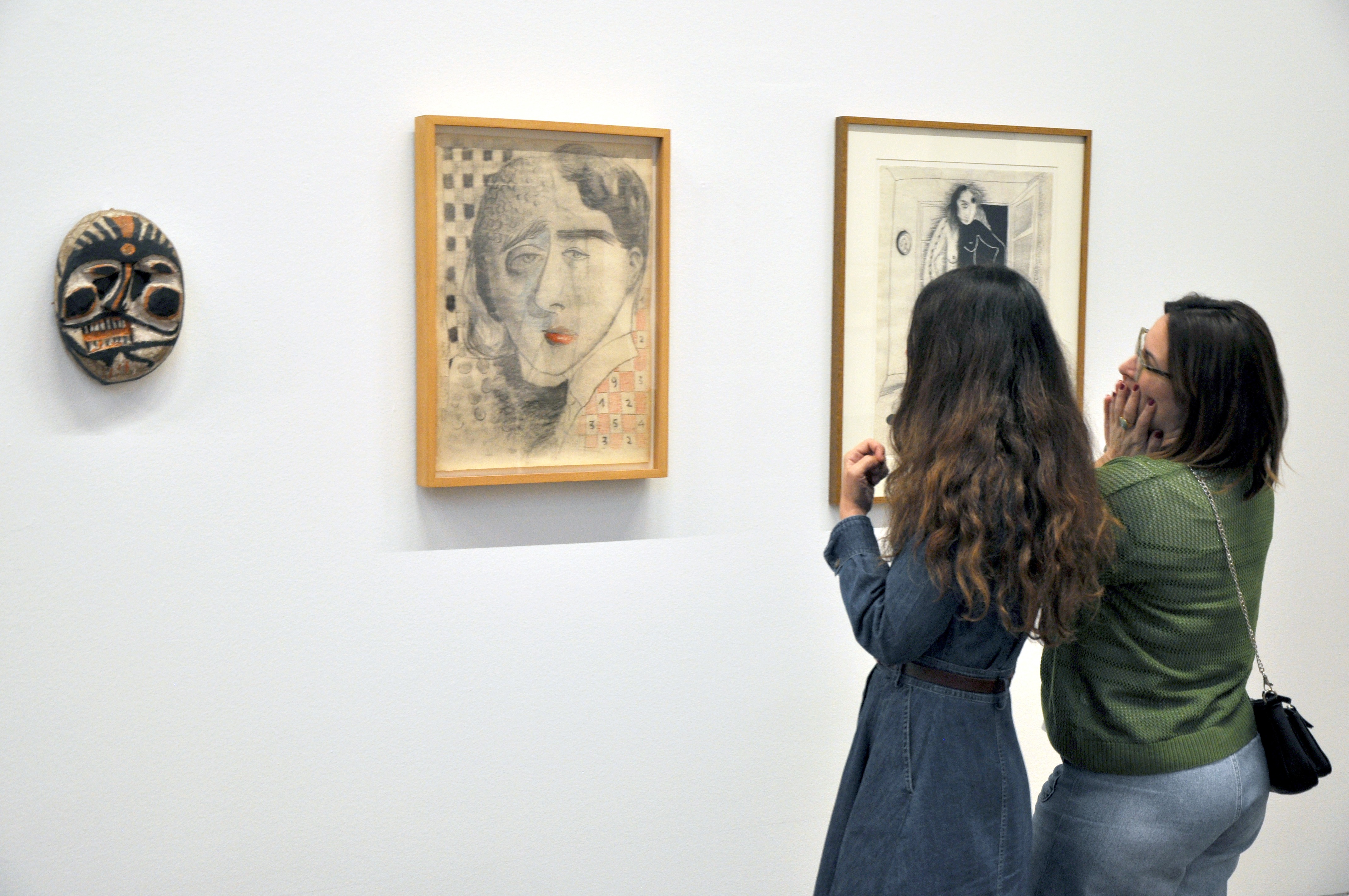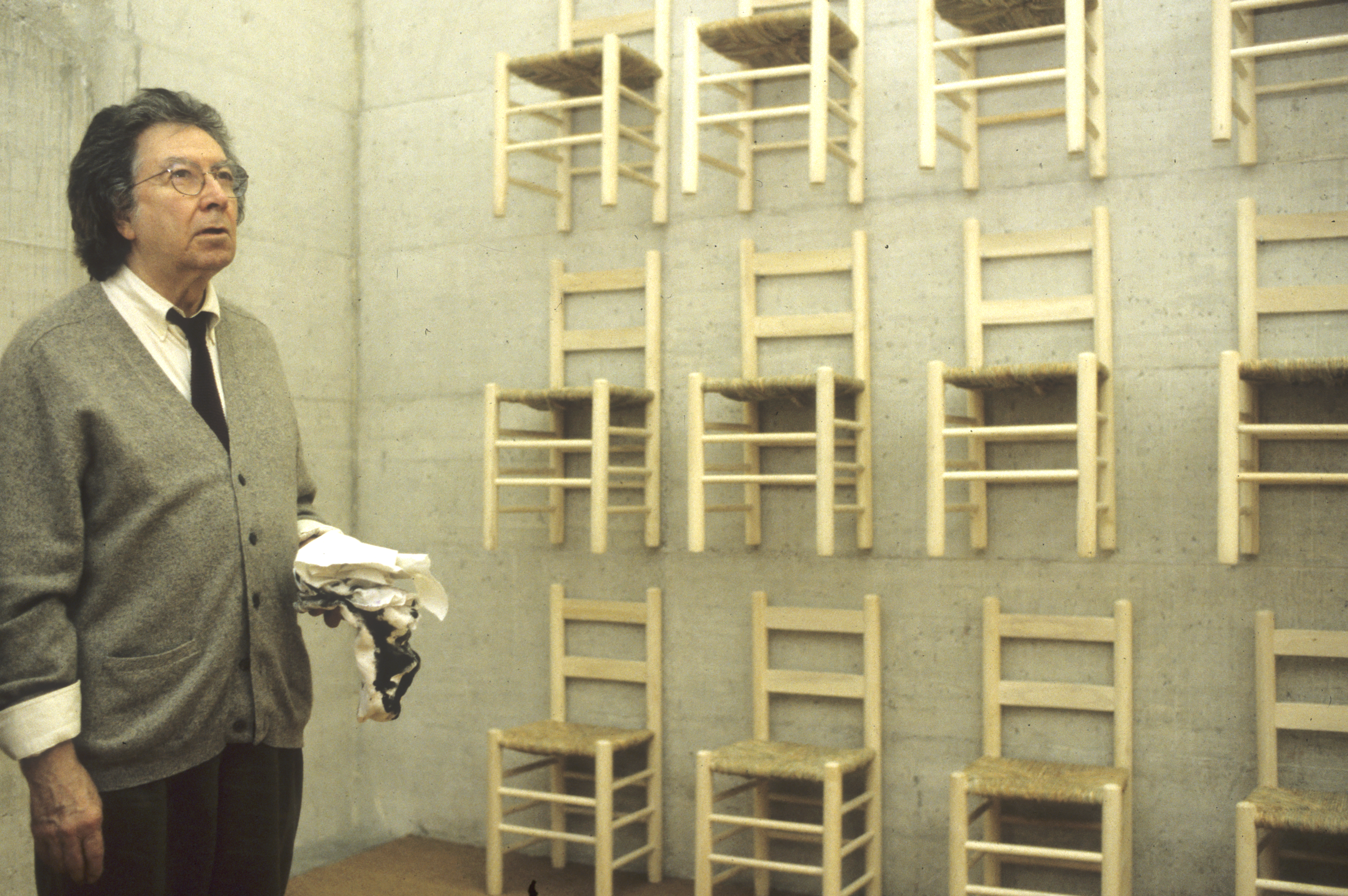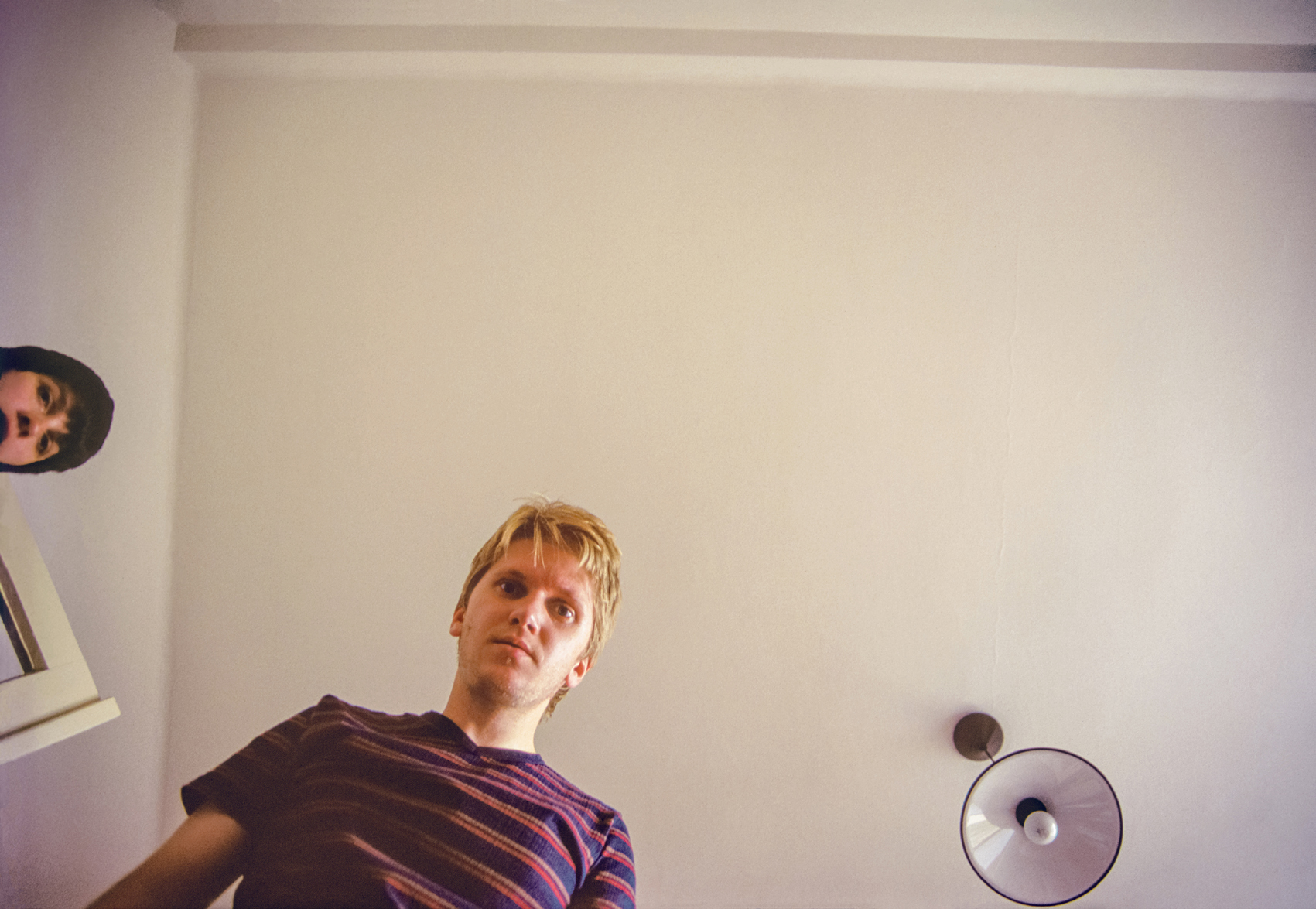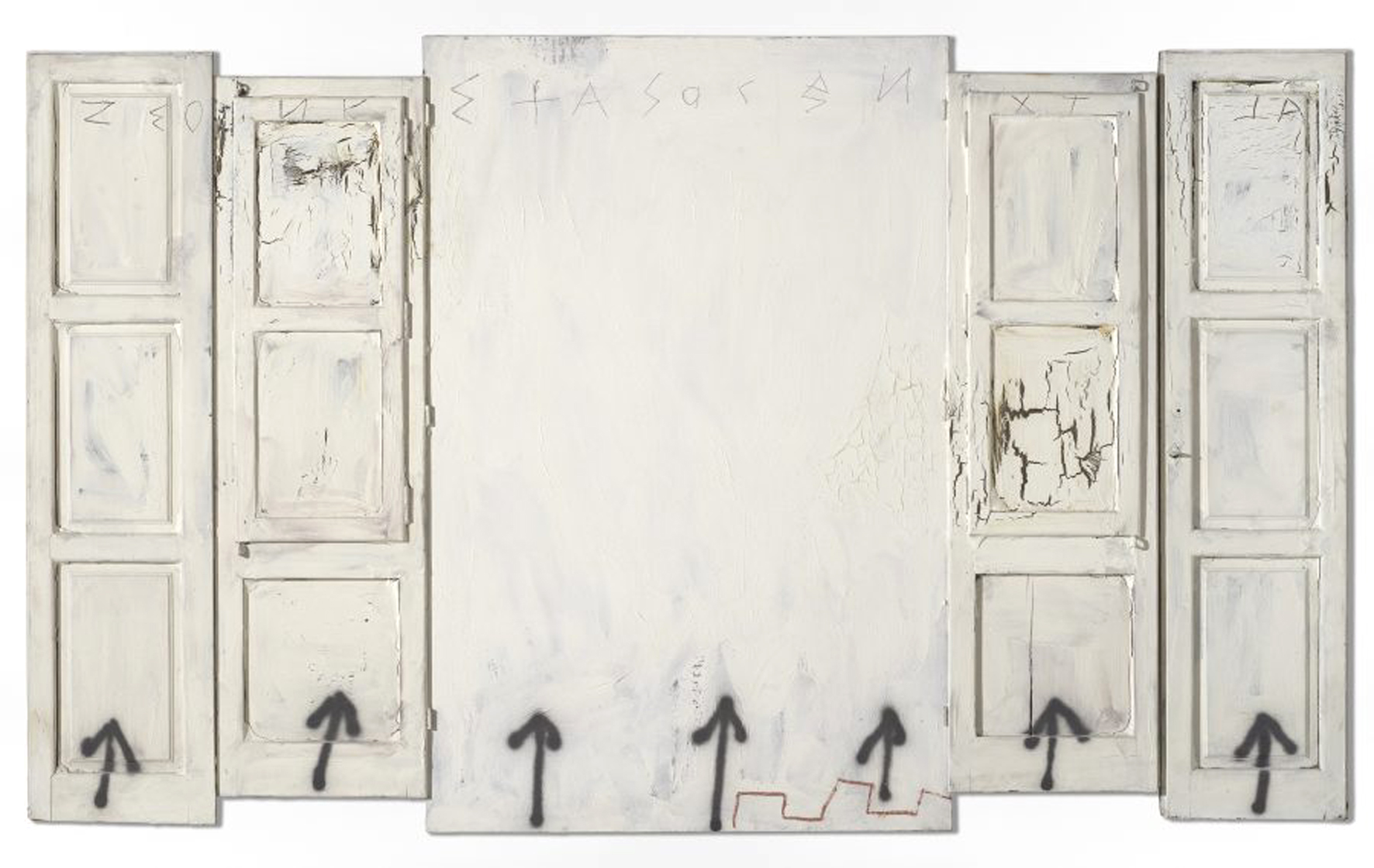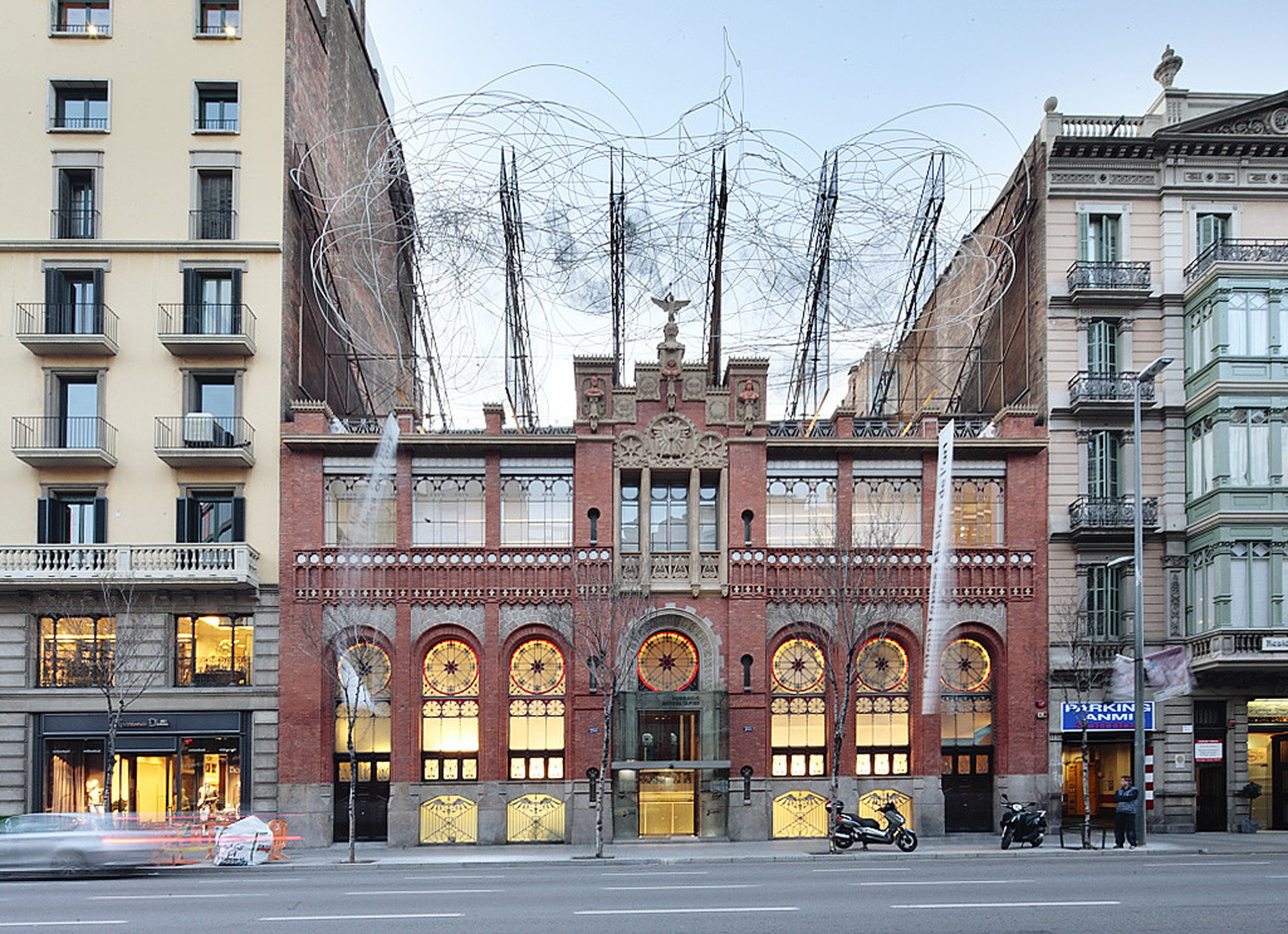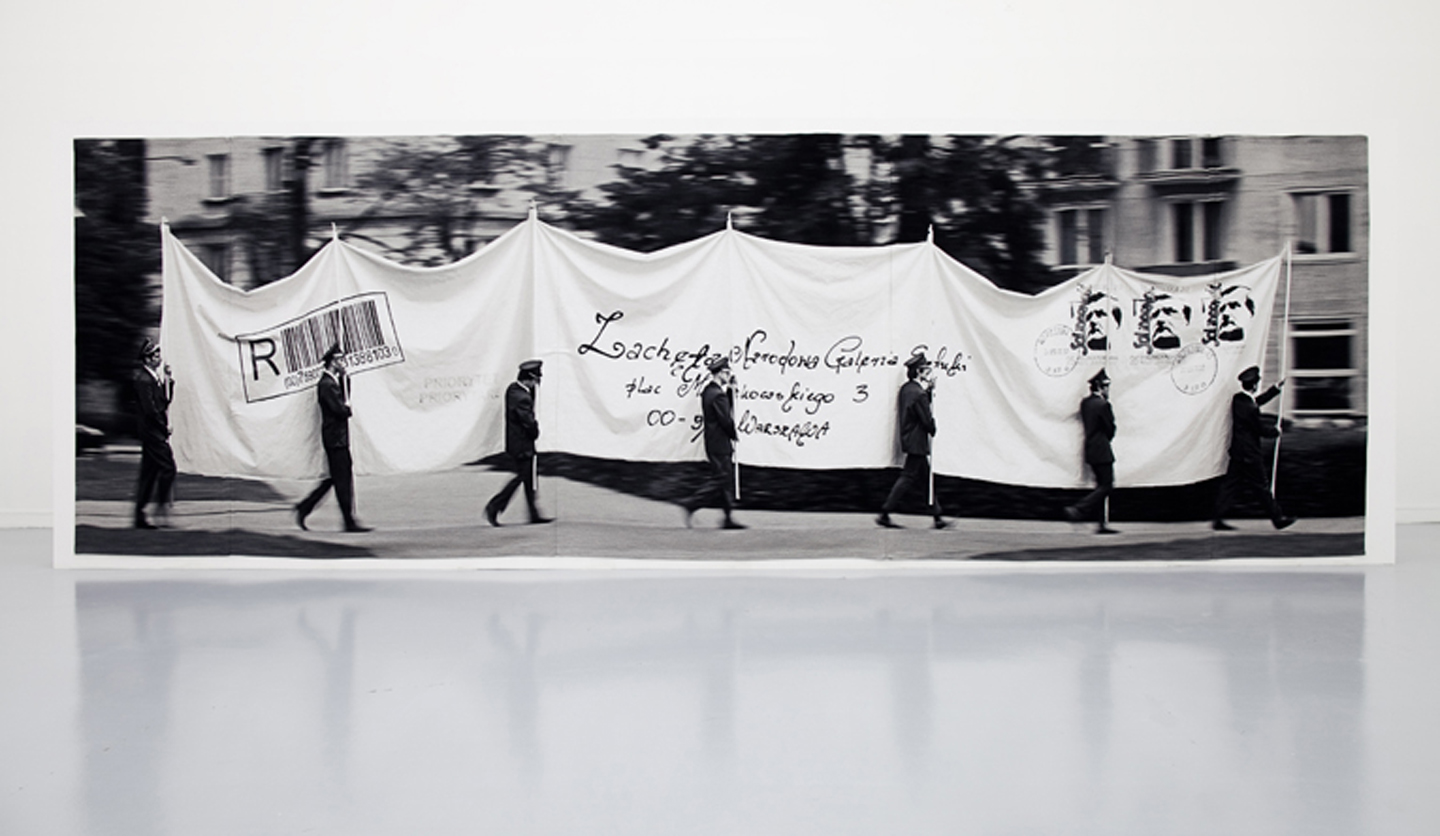Beyond the Skin
July 3–December 1, 2024
Barcelona 08007
Spain
Hours: Tuesday–Saturday 10am–7pm
Sunday 10am–3pm
T +34 934 87 03 15
museu@museutapies.org
Museu Tàpies of Barcelona presents the project Beyond the skin, originating from the work of the artist Serge Attukwei Clottey (Ghana, 1985).
The project, curated by Imma Prieto, director of the museum, is deployed from five devices: the installation located on the façade of the museum, the "rua" (procession) in the public space crossing part of Barcelona, the performance, film series by Sarah Maldoror and finally, an international seminar in which several political scientists, historians and sociologists, with recognized international experience, will participate. The whole affects the environmental crisis, migrations and the global economic system, emphasizing how the origin of these conflicts lies, in part, in our colonial heritage.
The project arises from the work of what the artist calls Afrogalonism, a concept that confronts global material culture by cutting, piercing, sewing and melting found materials. The mass of yellow plastic gallon containers in Africa, not necessarily manufactured there, makes visible not only its geopolitical history but also its neocolonial present. In Clottey's work, the reuse of parts of these containers serves as a system of redistribution and as a vehicle for reflection on the economic and migratory realities of Africa.
Serge Attukwei Clottey invites us to reflect collectively and transversally on the environment and the global economy, marked by inequalities and contradictions, and the migrations that result from them. The artist's first project in Catalonia, and in Spain, includes an installation that will occupy the museum's façade until December, as well as a public program of dialogue and collaboration with different communities living in Barcelona.
The project includes the main installation on the museum's façade, titled Afterlife Voyage. The materials used for this are part of the original installation presented for the first time by the artist in Ghana, and used for installation at the Venice Architecture Biennale in 2023. After being cleaned, these pieces have acquired a new shape for the front to the museum in an intensive three-week workshop shared by the artist and his team with people linked to einaidea, the cultural research and programming platform of the Fundació Eina, and the Afro-descendant community of Periferia Cimarronas. All of them worked together to build the piece, a modular object made of recycled plastic conceived especially for the Museu Tàpies, in a collective and collaborative community project.
“Silent Steps, Dance, Sound Memories", is a public parade, organized by the artist on July 2, through the center of Barcelona to the Teatre Nacional de Catalunya (TNC) in collaboration with the Grec Festival of Barcelona and EINA University, to inaugurate the project. "The Coal Men" is an action that Clottey will direct in the Periferia Cimarronas space, on July 3, within the framework of the Grec festival, a show in Ghanaian and English focused on the consequences of a migratory process or displacement in people's lives.
The project will resume in the autumn, emphasizing the educational aspect through a program that aims to open a space for reflection on the key issues of our time, including our colonial past, migrations and the environmental crisis. Along these lines, a film series dedicated to Sarah Maldoror will be presented, which will be attended by her daughter, Annouchka de Andrade, and other film theorists specialized in the African diaspora, in collaboration with the Filmoteca de Catalunya and the Institut Français de Barcelona.
The international seminar "Architectures of the skin, from the body to the street" will also be held. An open public educational program that is developed in a system of alliances with different institutions in Barcelona. Imma Prieto, director of the museum and curator of the project, points out: “One of the objectives is to open a space for reflection from the architecture, the structure we inhabit, to the past that gave rise to it, how has our history been created? Thinking of it as a porous skin that brings us closer to stories from the past, to a collective memory that needs to breathe. At the same time, the fact that it inhabits the public space means opening us up to the common, to an exercise that we must all assume with respect to history, democratizing knowledge and the ability to do things. In general, the project addresses the concept of responsibility, from an active historical perspective, in construction. Thinking about activating those past and present stories."
